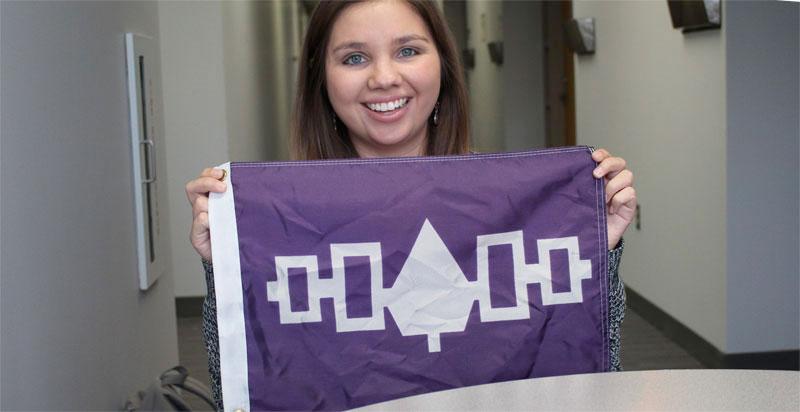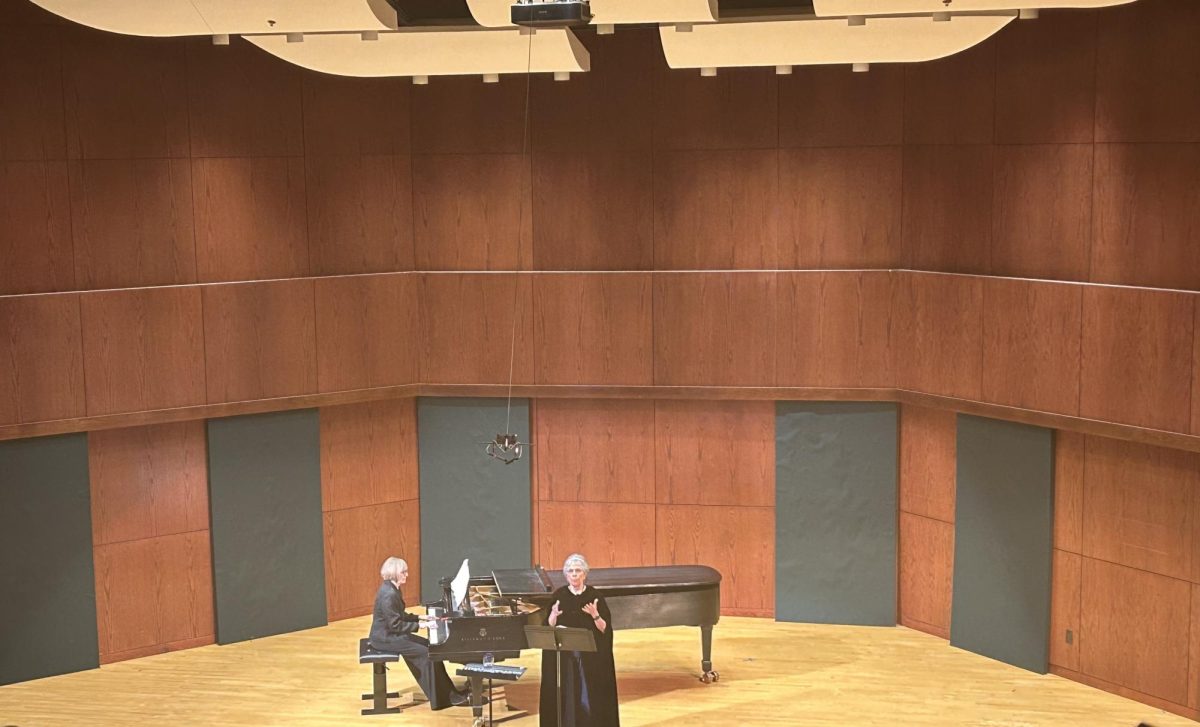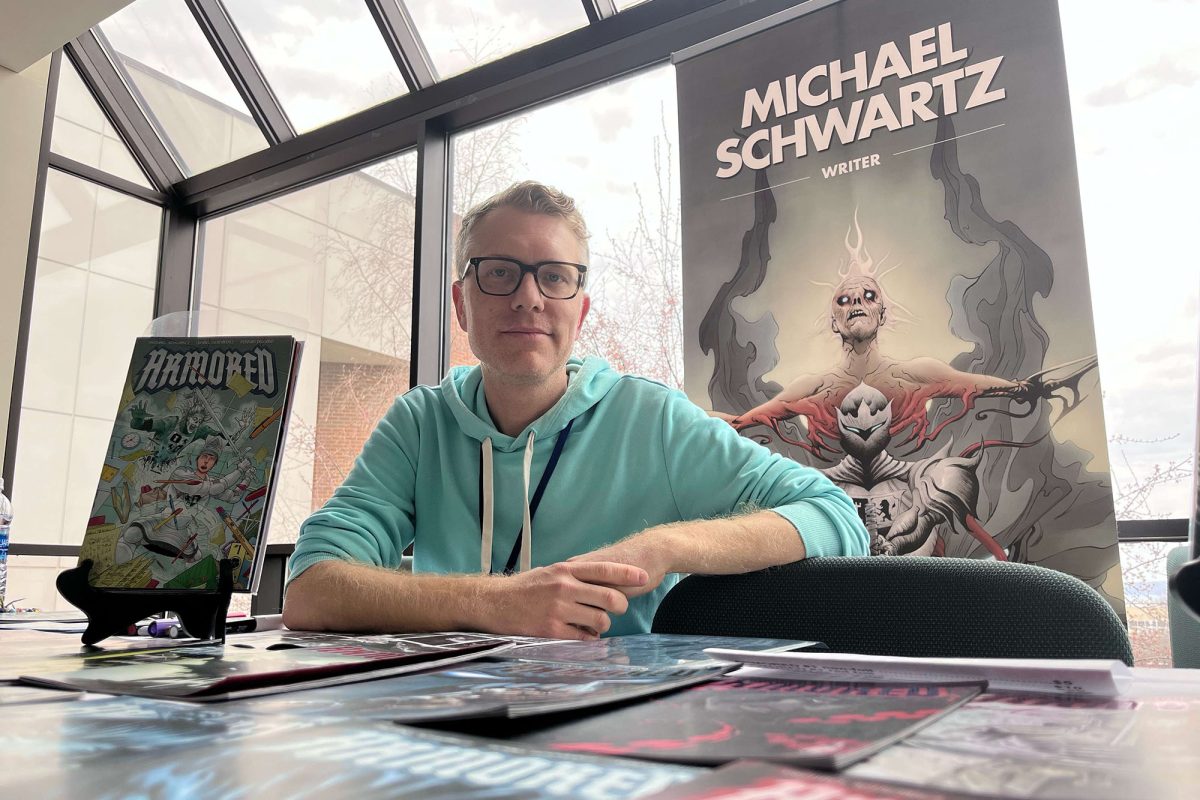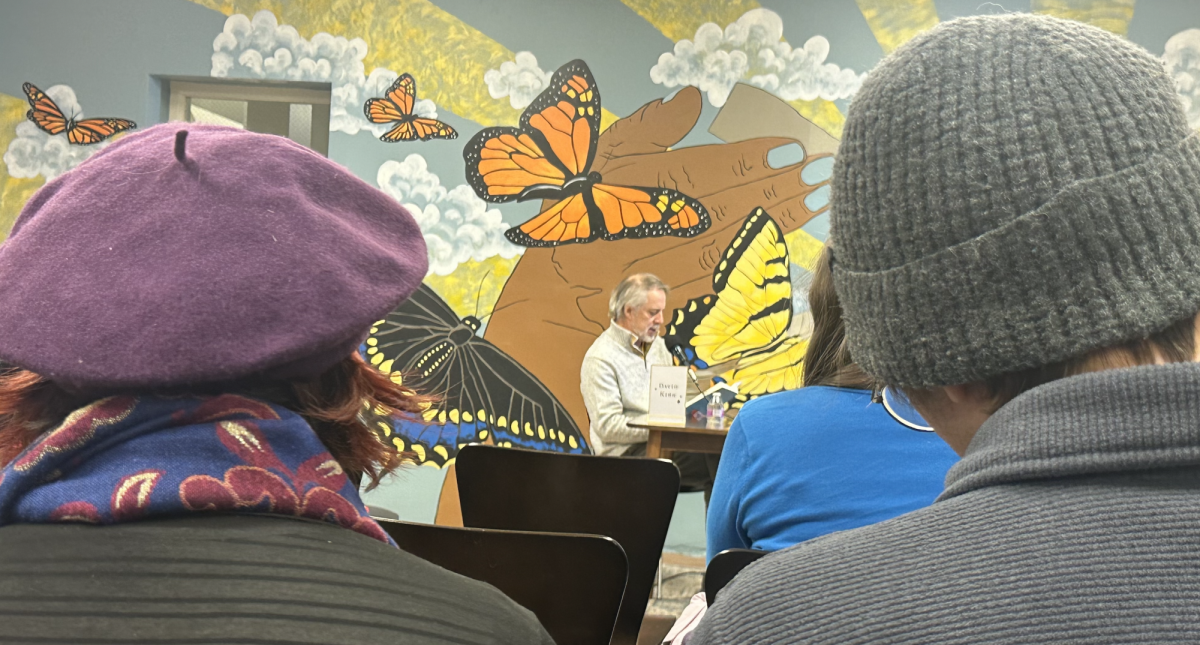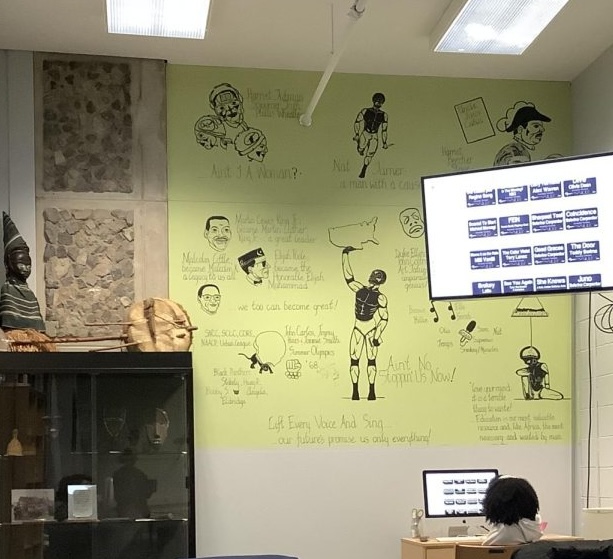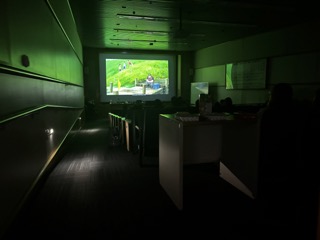As November marks Native American Heritage Month, Indigenous members of the Cornell University and Ithaca College communities are collaborating to challenge stereotypes about Native American identities, with a “Re-Thinking Thanksgiving” presentation on November 18 and 20.
Perry Ground, a traditional storyteller and project director of the Native American Resource Center for the Rochester City School District, will present research on the origins of Thanksgiving and its reference Native Americans. The first presentation, sponsored by the Ithaca College Native American Student Association (NASA), will take place on November 18, followed by another at The Space at Greenstar on Nov. 20 which will be co-sponsored by the Ithaca Children’s Garden, the Multicultural Resource Center and Cornell University’s American Indian Program.
[topswf swf=’https://www.ithacaweek-ic.com/wp-content/uploads/2014/11/NAtives14.swf’ width=’600′ height=’400′ quality=’best’ wmode=’transparent’ scale=’default’ flashvars=” allowfullscreen=’false’]
“I work with students all the time and nearly every day a student will ask me in November, ‘do you celebrate Thanksgiving?’” Ground said. “They have the misconception that we live in the same way that we did hundreds of years ago.”
Ground said his research confirms that while Native Americans and English settlers did share a feast at the time, the “pilgrim and Indian” story as it is known today was founded as a religious celebration with no relation to the feast.
A lack of proper acknowledgement is one issue Native Americans are faced with today, said Cornell University sophomore Jamie Peterson, of Ottawa heritage, on Thursday at a Native American Identities Panel hosted by NASA.
“There’s a stigma that Native Americans are a dying breed,” Peterson said. “We’re still here. There’s still so many people identifying with it.”
In addition to misconceptions, contemporary Native Americans face poor access to education, Ithaca College Anthropology professor Michael Taylor, who is Seneca, said during the panel.
“Sometimes there isn’t a large enough pool of young Native people who are ready to attend college,” Taylor said, adding “we can see a paradox here that many of the New York State or SUNY and private schools do have Native American studies programs, where you can take courses on these cultures and peoples.”
Of the 3,261 first-year students enrolled at Cornell for Fall 2014, only .6 percent identify as Native American or Hawaiian. At Ithaca College only nine of the 6,587 undergraduate students identify as Native American.
Although few Native American students are present in local higher education institutions, New York State is home to eight federally recognized nations, including the Cayuga Nation that occupied central New York.
Currently, there are almost 600 indigenous nations in the United States. Despite the variety of ethnicities, Native Americans are thought of as having the same culture, Ground said.
“We have different languages, different histories, different cultural heritages and different religions,” he said. “When we say Native Americans we are really talking about a race of people, when we say someone is Onondaga, Cherokee, Navajo, Hopi or Lakota, then we would be talking about their ethnicity.”
Through the upcoming presentation and discussions, Ground and other Indigenous community members hope to represent Natives and shed light on their contemporary issues.

